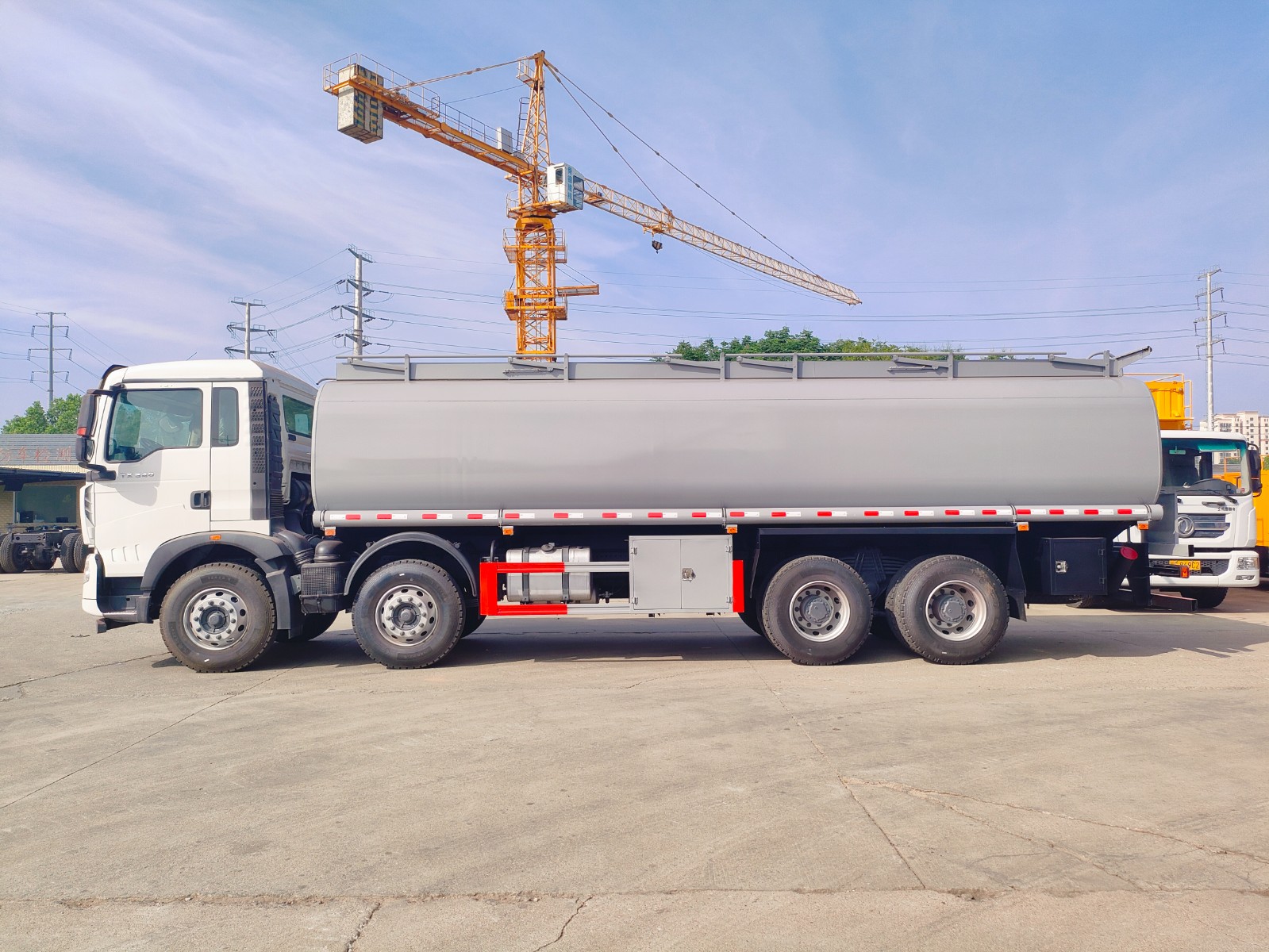To optimize their new roles, oil tanker trucks are integrating advanced IoT (Internet of Things) technology and data analytics. In Saudi Arabia,Oil tanker truck for sale tanker trucks transporting hydrogen infrastructure components are fitted with real-time GPS trackers and temperature sensors Oil tanker truck for sale. The sensors monitor the temperature of electrolyzer parts, which must stay within a 5–25°C range to avoid damage Oil tanker truck for sale. If temperatures exceed this range, the truck’s on-board cooling system activates automatically Oil tanker truck for sale, and fleet managers receive alerts via a mobile app Oil tanker truck for sale.

“Cost of oil tanker truck Hydrogen components are sensitive to temperature changes—even a 10°C spike can render them useless,”Cost of oil tanker truck says a Saudi logistics coordinator. “The IoT system has reduced component damage during transport by 75%, Cost of oil tanker truck saving us millions in replacement costs.” The data collected from the trucks also helps optimize routes, Cost of oil tanker truck identifying roads with frequent delays or extreme temperature fluctuations to avoid them in the future Cost of oil tanker truck.
Hazardous material tanker In Mexico City,Cost of oil tanker truck micro-tankers use AI-powered demand forecasting to plan deliveries Hazardous material tanker. Cost of oil tanker truck The AI analyzes historical fuel sales data, weather forecasts, Hazardous material tanker and local events (like concerts or sports games) to predict how much fuel each gas station or client will need. This ensures the micro-tankers carry exactly the right amount of fuel,Hazardous material tanker reducing unnecessary trips and cutting fuel waste by 25%. “Before AI, we’d often overstock or understock the trucks—leading to extra trips or disappointed clients,” says a Mexico City fleet manager. “Now, our delivery accuracy is 90%, and our clients are happier.”
“When Typhoon Mawar hit Cebu in 2024, we had 50 tanker trucks staged 10 kilometers from the city,” says a Philippine energy official. “Within 6 hours of the storm passing, the trucks were delivering diesel to the city’s main power plant, which restored electricity to 30% of households within a day. Without the pre-planning, it would have taken 3 days to get fuel to the plant.” The blueprint has reduced post-disaster energy recovery time by an average of 40% in cities that adopt it Hazardous material tanker.
In Haiti,Hazardous material tanker which faces frequent hurricanes and earthquakes, oil tanker trucks are part of “Energy Recovery Kits” distributed to local communities. Each kit includes a small oil tanker (500-liter capacity), a portable generator, and maintenance tools. Community members are trained to operate the tanker and generator, so they can quickly restore power to schools and health clinics after a disaster. “Local ownership is key—communities know their area best and can respond faster than external teams,” says a disaster relief workerHazardous material tanker. “The tanker kits have helped 20 communities in southern Haiti restore energy within 48 hours of disasters.”

